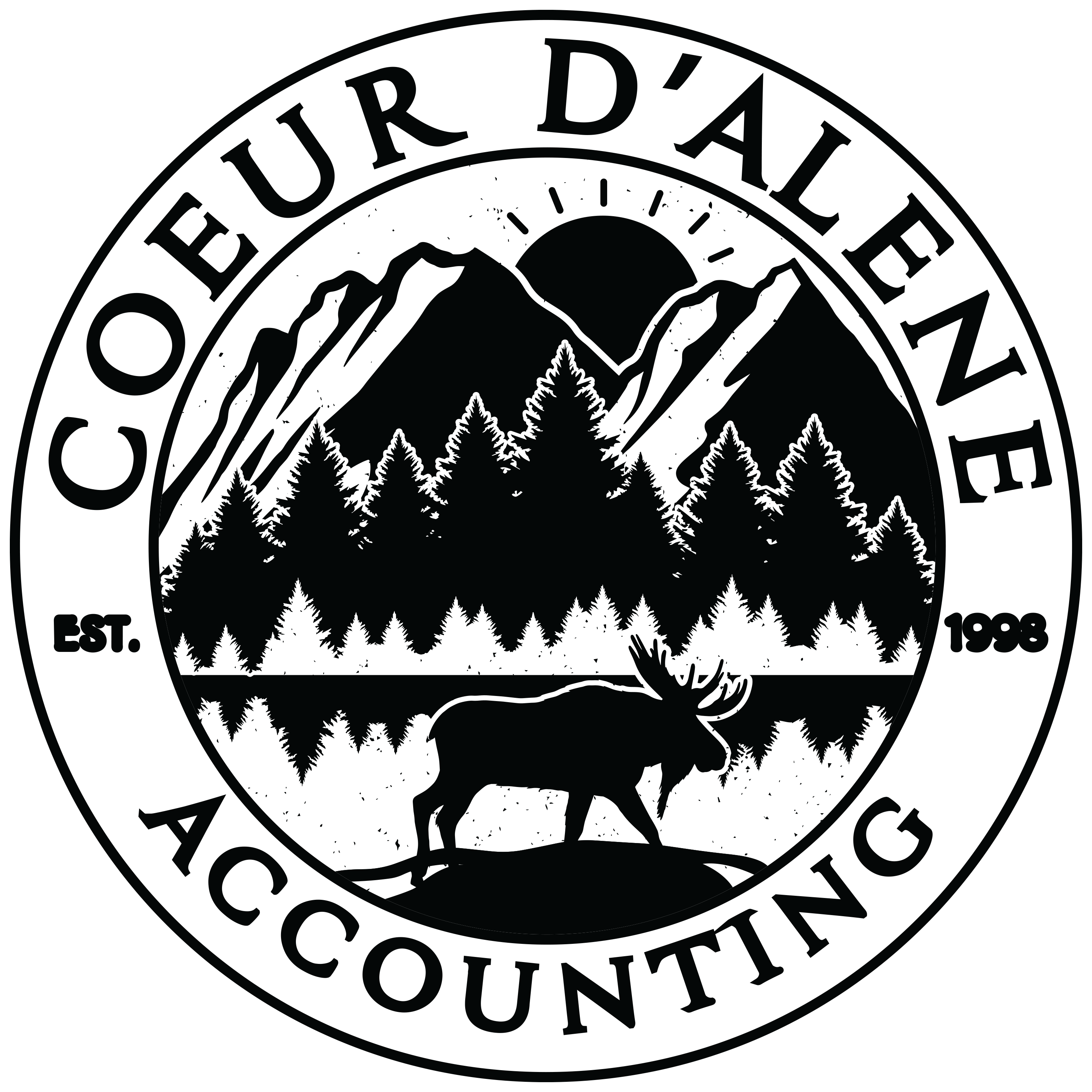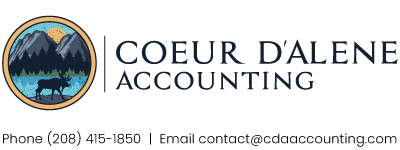
If you’re an “experienced” homeowner, age 62 or older, you may need to tap into your home equity because you are “house-rich but cash-poor.”
If so, you are not the only one.
But what are your options? You can solve this cash shortfall problem and reap big tax-saving bonuses if you follow the reverse mortgage strategy explained in this article.
Here’s what you need to know about reverse mortgages and the tax angles.
Reverse Mortgage Basics
With a reverse mortgage, you as the borrower don’t make payments to the lender to pay down the mortgage principal over time. Instead, the reverse happens: the lender makes payments to you, and the mortgage principal gets bigger over time.
Interest on the reverse mortgage accrues, and it’s added to the loan balance. You don’t have to make any interest or principal payments until required to do so under the terms of the loan. Typically, no payment is due until you pass away or permanently move out of the home.
You can receive reverse mortgage proceeds as a lump sum, in installments over a period of months or years, or as line-of-credit withdrawals. After you pass away or permanently move out, you or your heirs sell the property and use the net proceeds to pay off the reverse mortgage balance, including accrued interest.
So, with a reverse mortgage, you can keep control of your home while converting some of the equity into much-needed cash. In contrast, if you sell your residence to raise cash, it could involve an unwanted relocation and a big income tax hit if the place has appreciated substantially in value.
While taking out a conventional home equity loan is an option for many homeowners, seniors often cannot qualify for an equity loan due to low income. But often they can qualify for reverse mortgages.
HECMs
These days, most reverse mortgages are so-called home equity conversion mortgages, or HECMs, which are insured by the federal government. You must be at least 62 years old to be eligible.
For 2022, the maximum amount you can borrow under an HECM is a whopping $970,800.
That limit is up a ton from just a couple of years ago, reflecting surging home prices. But the maximum amount that you can actually borrow is limited to a percentage of the appraised value of the home that secures the mortgage.
More specifically, the exact lending limit depends on
- the value of your home,
- your age, and
- the amount of any other mortgage debt against the property.
The percentage of your home’s value (net of any existing mortgage debt) that you can borrow goes up with your age.
Reverse mortgage interest rates are fixed or variable, depending on the deal you sign up for. Fixed rates are available if you take your loan proceeds as a lump sum. Interest rates are higher than for regular home loans, but not a ton higher.
Key point. As with any major borrowing transaction, it’s important to find an acceptable interest rate and acceptable up-front charges. Up-front charges for a reverse mortgage can be higher than costs for a conventional mortgage, as explained later in this article.
Problem: House-Rich but Cash-Poor and Exposed to Inflation to Boot
Some seniors own hugely appreciated homes but are short of cash. You may be among them. Inflation only makes things worse.
An unwelcome side effect of owning a hugely appreciated home is the fact that selling your property to raise cash can trigger a taxable gain far in excess of the federal home sale gain exclusion break—up to $500,000 for joint-filing couples and up to $250,000 for unmarried individuals.
The combined federal and state income tax hit from selling could easily reach into the hundreds of thousands of dollars.
For instance, the current maximum federal income tax rate on the taxable portion of a big home sale gain is 23.8 percent—20 percent for the “regular” maximum federal capital gains rate plus another 3.8 percent for the net investment income tax (NIIT).
In California, the maximum state income tax rate on the taxable portion of a big home sale gain is 12.3 percent. So, the combined federal and state rate could be as high as 36.1 percent.
In New York City, the maximum combined state and city income tax rate on the taxable portion of a big home sale gain is 14.8 percent. So, the combined federal, state, and city rate could be as high as 38.6 percent Yikes! If you sell, all that money you pay in taxes will be gone forever. Not good!
Potential Solution: Reverse Mortgage and Basis Step-Up to the Rescue
Thankfully, there’s a potential solution that involves taking out a reverse mortgage on your property instead of selling. That way, you can raise needed cash and also take advantage of the tax-saving basis step-up rule explained below.
How the Basis Step-Up Rule Works with a Home
The federal income tax basis of an appreciated capital gain asset owned by a deceased individual, including a personal residence, is stepped up to fair market value (FMV) as of the date of the owner’s death or (if the estate executor chooses) the alternate valuation date six months later.
When the value of an asset eligible for this favorable treatment stays about the same between the date of death and the date of sale by your heirs, there will be little or no taxable gain to report to the IRS—because the sale proceeds are fully offset (or nearly so) by the stepped-up basis. Good!
Here’s how the basis step-up rule can play out in the context of a greatly appreciated principal residence.
If you’re married and your spouse predeceases you, the basis of the portion of the home owned by your dearly departed mate, typically 50 percent, gets stepped up to FMV. This usually removes half of the appreciation that has occurred over the years from the federal income tax rolls. So far, so good.
If you then continue to own the home until you pass away, the basis of the part you own at that point, usually 100 percent, gets stepped up to FMV as of the date of your departure (or the alternate valuation date, if applicable). So, your heirs can sell the property and owe little or nothing to Uncle Sam. Good!
If you’re unmarried and you own the home by yourself, the tax results are easier to understand. The basis of the entire property gets stepped up to FMV when you pass on, and your heirs can then sell the residence and owe little or nothing to the feds. Also good!
Key point. The Biden tax plan included a proposal to greatly cut back the basis step-up break, but that idea has been abandoned for now—and hopefully forever.
Extra-Good Step-Up Rule in Community Property States
If you and your spouse own your home as 50/50 community property in one of the nine community property states (Arizona, California, Idaho, Louisiana, Nevada, New Mexico, Texas, Washington, and Wisconsin), the federal income tax basis of the entire residence is stepped up to FMV when the first spouse dies (not just the 50 percent portion that was owned by the now-deceased spouse).
This weird-but-true rule means the surviving spouse can sell the home shortly after the other spouse’s departure and owe little or nothing in federal taxes.
In other words, if you turn out to be the surviving spouse in a community property state, you need not hang on to the property until your drop-dead date to reap the full tax-saving advantage of the basis step-up rule.
And if you want to hang on to the property until the bitter end, there’s no tax disadvantage to doing so.
The Tax-Saving Reverse Mortgage Strategy
As you can see, holding on to a hugely appreciated residence until death can save a ton of taxes thanks to the basis step-up rule. But if you need cash right now to make ends meet, we have not yet solved that part of the equation. Enter the reverse mortgage strategy.
As stated earlier, a reverse mortgage does not require any payments to the lender until you move permanently out of your home or pass away. At that time, the property can be sold, and the reverse mortgage balance paid off out of the sales proceeds. Any remaining proceeds go to you or, if you’ve died, to your estate.
Alternatively, after your death, your heirs can pay off the reverse mortgage and keep the property along with the basis step-up.
Reverse Mortgage Fees
Fees to take out and maintain a reverse mortgage are usually considerably higher than for a regular “forward” home equity loan or home equity line of credit.
With an HECM, you’ll usually be charged an origination fee equal to 2 percent of the first $200,000 of your home’s value plus 1 percent of any value above $200,000. But the origination fee cannot exceed $6,000.
With an HECM, you’ll also be charged a mortgage insurance premium (MIP). The MIP consists of a one-time upfront charge that’s due at closing, plus an annual charge. The upfront charge equals 2 percent of your home’s appraised value or 2 percent of the HECM lending limit ($970,800 for 2022), whichever is less. The annual charge equals 0.5 percent of the outstanding loan balance.5
In addition, the lender can charge a monthly servicing fee.
Typically, you’ll also have to pay the standard third-party home mortgage closing costs for things such as title insurance, an appraisal, settlement services, and so forth.
Key point. Any one-time upfront fees are usually deducted from the initial reverse mortgage loan amount. For instance, say the total upfront fees for a $450,000 reverse mortgage amount to $20,000. The actual proceeds will be $430,000 ($450,000 – $20,000).
Can You Deduct Interest on a Reverse Mortgage?
You may not deduct reverse mortgage interest under the current federal income tax rules. Per the Tax Cuts and Jobs Act (TCJA), the interest on home equity loans is non-deductible for 2018-2025 unless you use the proceeds to acquire or improve a first or second home.
A reverse mortgage taken out to raise cash is classified as a home equity loan for tax purposes, but since the proceeds are not used to acquire or improve a first or second residence, the interest is non-deductible for 2018-2025.
Key point. Even under the pre-TCJA rules, interest on a reverse mortgage balance of up to $100,000 would not be deductible until the interest is actually paid in cash, which usually would not be until the homeowner passes away or moves permanently out of the home. That could be long after the reverse mortgage was taken out.6
Takeaways
You might object to the notion of borrowing against your home to solve a cash shortage. Fair enough, but the cash you need has to come from somewhere.
If it comes from selling your hugely appreciated and beloved home, the cost of getting your hands on the money will be
- a big income tax bill, and
- a detriment to your date of death (or six-months-later date) basis step-up to fair market value.
In contrast, if you can raise the cash you need by taking out a reverse mortgage, the only cost will be the fees and interest charges.
If those fees and interest charges are a small fraction of the income taxes that you could permanently avoid by continuing to own your home and thereby also benefit from the basis step-up rule, the reverse mortgage strategy can make perfect sense.


Recent Comments